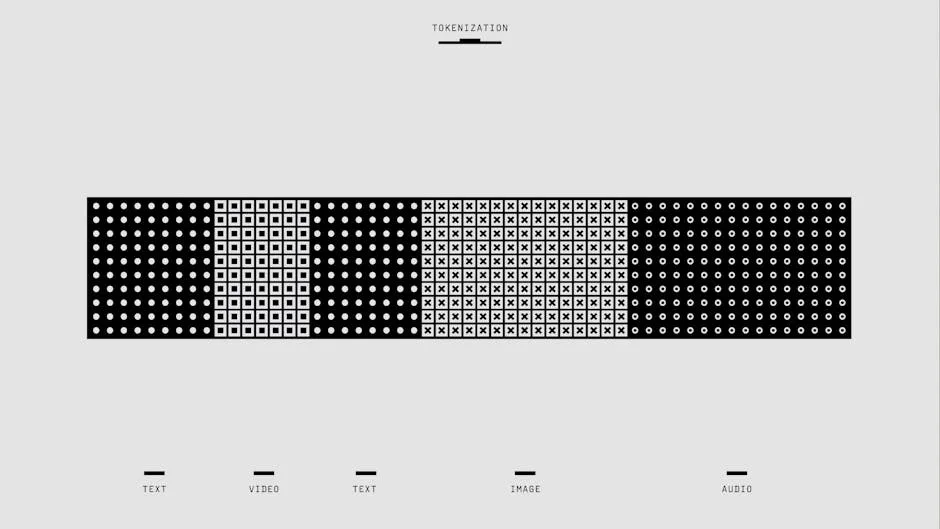
The persistent threat of robocalls has entered a new phase of technological warfare, with free, built-in operating system tools now providing enterprise-grade call screening capabilities. According to recent reporting from The New York Times1, a new feature for iPhones screens calls using technology similar to what has been available for Android users, representing a significant shift in the accessibility of robocall protection. This development comes at a critical time, as robocalls are experiencing a resurgence in 2025 due to artificial intelligence enabling more sophisticated voice impersonation and conversational scripts that bypass traditional detection methods19.
For security professionals, understanding these defense mechanisms provides insight into how consumer-grade technologies can inform enterprise communication security strategies. The evolution from simple block lists to AI-powered screening represents a broader trend in security: the movement from reactive to proactive defense systems. Brian X. Chen of The New York Times reported that after activating iOS call screening, spam calls became a “non-issue,” demonstrating the practical effectiveness of these built-in solutions1.
Built-in Operating System Defenses
Apple’s iOS call screening feature, available on devices running iOS 16 and later, represents a sophisticated approach to call authentication. The system automatically screens calls from unknown numbers using a robotic intermediary that transcribes caller speech in real-time while preventing the phone from ringing16. This creates a buffer between potential threats and the end user, allowing for analysis before engagement. Google’s equivalent Call Screener technology, native to Pixel devices, has recently expanded to additional markets including Australia, Canada, and Ireland as of October 20251. The technological implementation suggests these systems use natural language processing and behavioral analysis to identify robotic calling patterns.
For environments requiring maximum call integrity, both platforms offer more aggressive filtering options. The “Silence Unknown Callers” feature on iPhone and “Block unknown callers” on Android send all calls not in contacts directly to voicemail410. While effective at eliminating unwanted calls, this approach presents operational risks, as noted in user comments on CyberGuy where “Larry Hall” raised concerns about potentially blocking legitimate calls from hospitals or emergency services10. This trade-off between security and accessibility mirrors similar challenges in enterprise security systems where strict filtering can impact legitimate business operations.
Multi-Layered Defense Architecture
A comprehensive robocall defense strategy requires multiple layers of protection, similar to enterprise security architectures. Mobile carriers provide the first additional layer through specialized applications and services. AT&T’s ActiveArmor, Verizon’s Call Filter, and T-Mobile’s Scam Shield offer varying levels of protection, with free versions providing basic spam detection and premium tiers (typically $3.99 monthly) adding enhanced caller ID, personal block lists, and additional security features4810. These carrier-level solutions operate at the network level, potentially identifying malicious patterns before calls reach the device.
Third-party applications constitute another defensive layer, with specialized tools like RoboKiller, Hiya, and Truecaller employing extensive databases and crowdsourced intelligence234. RoboKiller distinguishes itself with “Answer Bots” that actively waste scammers’ time, while Hiya focuses on identifying spam while attempting to avoid blocking legitimate local businesses9. For privacy-conscious users, options like Wide Protect and Should I Answer? provide call blocking without extensive data collection5. These applications represent the application layer of defense, similar to endpoint protection in traditional security models.
The Threat Evolution and Data Broker Connection
The robocall threat landscape continues to evolve, with scammers now employing AI to create more convincing impersonations and adding conversational fillers like “umm” and slang to bypass detection algorithms110. This technological arms race demonstrates how offensive capabilities drive defensive innovation. The underlying vulnerability in the robocall ecosystem stems from data brokers who collect, aggregate, and sell personal information including phone numbers harvested from public records, loyalty programs, surveys, and application data10.
Services like Incogni address this root cause by automatically requesting removal of personal information from data broker sites, effectively reducing the attack surface available to scammers10. This approach aligns with security best practices that emphasize eliminating vulnerabilities at their source rather than simply defending against their manifestations. User strategies documented in comments on CyberGuy reveal creative countermeasures, including “preaching” to scammers to encourage removal from lists, asking confusing questions to disrupt AI systems, and manually blocking numbers through persistent effort10.
Government Solutions and Public Perception
The official government response to robocalls includes the FTC’s Do Not Call Registry, which remains a foundational step for stopping legitimate telemarketers while providing a mechanism for reporting violations410. However, public sentiment reveals significant skepticism about its effectiveness against illegal international operations. User comments compiled by CyberGuy illustrate this frustration, with “Wayne T.” stating “The Do Not Call list is a joke… I still get 10 robocalls a day… Reporting them is even more of a joke… the government does nothing”10.
The FCC maintains a comprehensive list of call-blocking tools from wireless carriers, landline providers, and third-party applications, confirming the wide array of legitimate solutions available8. This resource serves as an official validation of the multi-layered defense approach. The jurisdictional limitations highlighted by user “Micky,” who noted that many calls originate internationally outside US jurisdiction, underscore the challenges of regulatory solutions to globally distributed threats10.
The advancement of free, built-in anti-robocall tools represents a significant development in personal communication security. These systems demonstrate how sophisticated threat protection can be integrated directly into operating systems, making robust security accessible without additional cost or complexity. For security professionals, the evolution of these consumer technologies offers insights into how authentication and filtering systems can be implemented at scale while maintaining usability. As the threat landscape continues to evolve with AI-powered scams, the defensive technologies will likely incorporate more advanced behavioral analysis and machine learning capabilities, continuing the cycle of innovation that characterizes all cybersecurity domains.





